What is the Future of AI in Japan? Current Initiatives and Future Prospects in the Eyes of Key Persons from the Z Holdings Group Companies
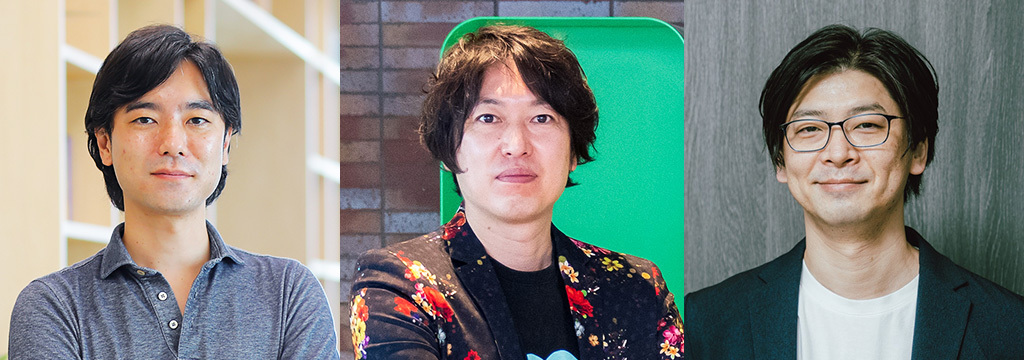
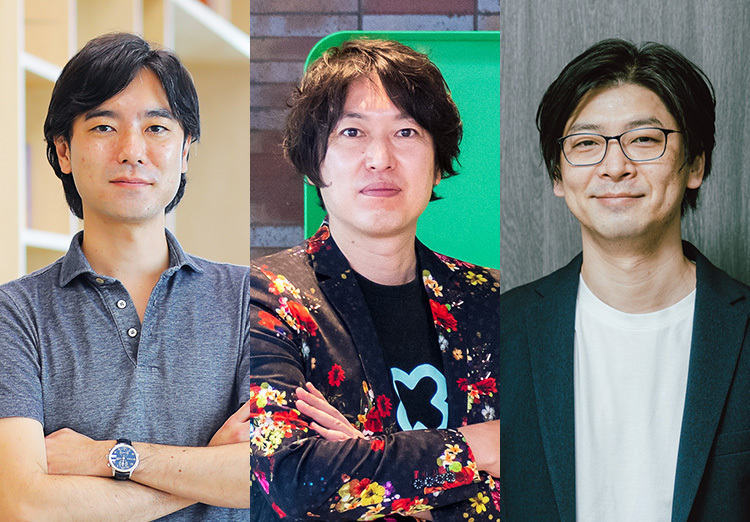
INDEX
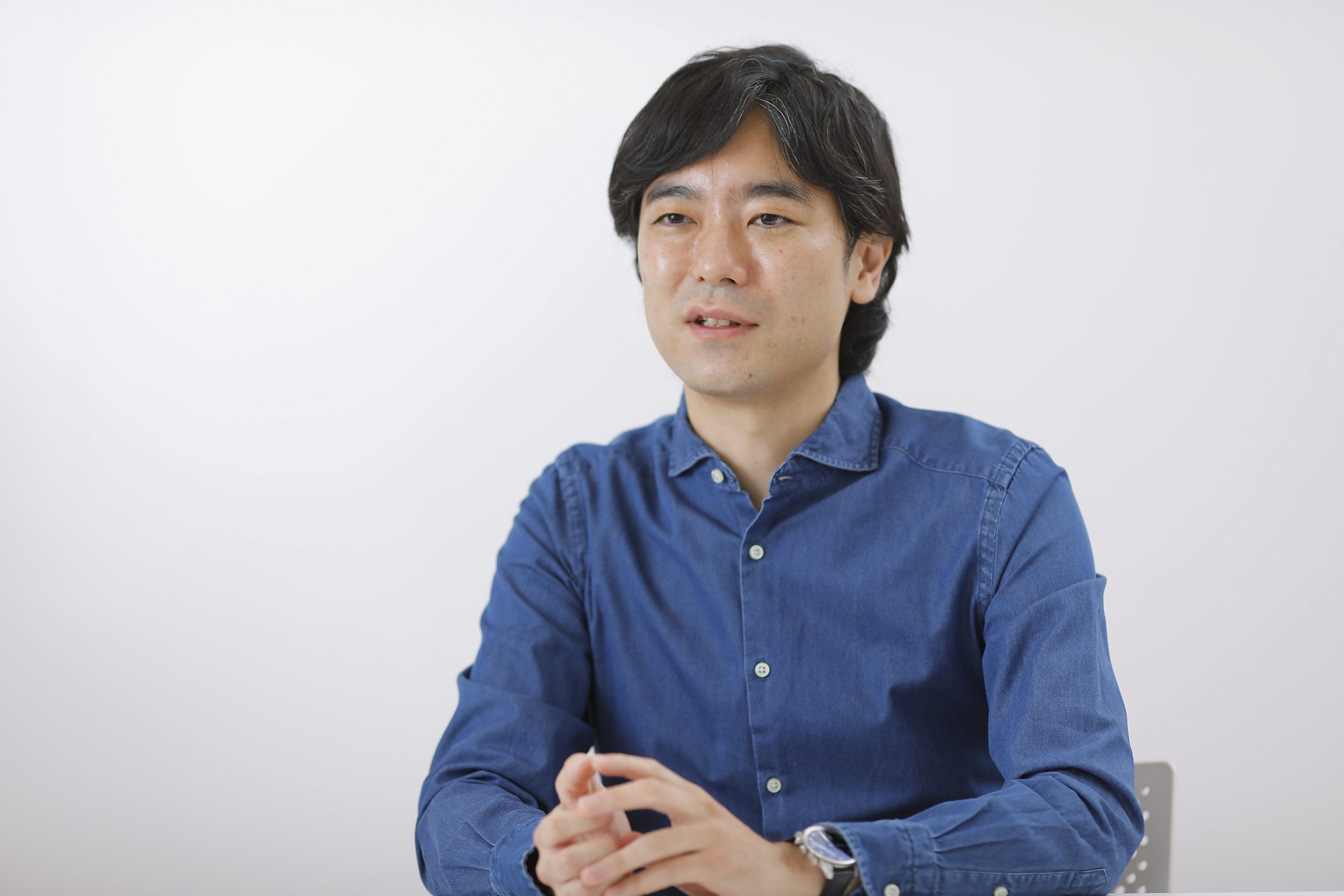
Hiroki TANIGUCHI, CDO (Chief Data Officer), Yahoo Japan Corporation
Graduated from the School of Engineering, The University of Tokyo, and joined McKinsey & Company. While at McKinsey, he acquired an MBA/MOT from the University of California, Berkeley. His work at McKinsey involved assisting Japanese companies with globalization, partnerships, acquisitions, new business developments, and R&D strategies, working mainly with clients in the high-tech and manufacturing industries. In 2013, he joined Yahoo Japan Corporation, and worked on the acquisition of Ikyu Corporation and the establishment of BuzzFeed Japan Corporation in the Corporate Development Division. He later became Vice President of the Data Solution Business Division, and was appointed CDO in 2021.
Yahoo! JAPAN's AI Utilization Strategy That Takes Advantage of Its Size
――Please give us some details about how Yahoo! JAPAN is currently using AI.
Taniguchi: At Yahoo! JAPAN, which aims to become an AI tech company, we are promoting the use of AI in the two broad areas of offense and defense. More specifically, initiatives that directly improve our business performance, such as conducting targeted advertising and giving product recommendations, are categorized as our offensive initiatives; and those that are used to protect the safety and security of our users, such as by monitoring fraudulent access are our defensive initiatives. Another example of how we use AI for defense is in monitoring disruptive posts. This is done by automatically determining if comments posted on Yahoo! JAPAN News or Yahoo! JAPAN Knowledge Search contain constructive content or not.
Other examples that are somewhat similar to our defensive efforts are our initiatives to advance the use of AI in order to improve user convenience. We have already implemented a function where, for instance, if an iPhone is listed on YAHUOKU! (auction site) and an image of the device is uploaded, the image is analyzed and the device's model and specifications are automatically entered.
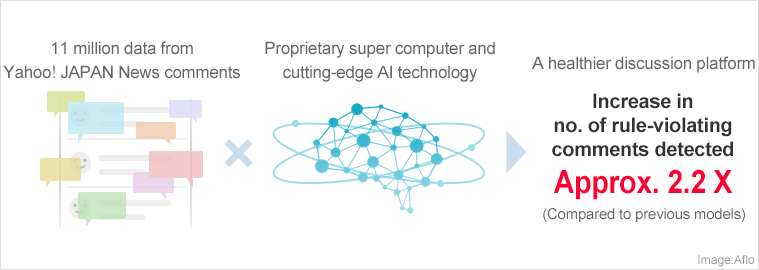
――I would assume that the search data and the PV data that Yahoo! JAPAN possesses would be a major advantage to you in AI development. Could you tell us about specific initiatives that you have in these areas?
Taniguchi: As you said, we have a major advantage in having amassed data for each of our services that indicate what was searched and what was purchased by which category of users. In 2015, we launched the Data and Science Solutions Group in order to make meaningful use of our data throughout our entire organization, beyond the boundaries of each division.
In particular, search data provides a strong signal that tends to reflect what users want to know and what they are interested in. If we use this, we can give product recommendations that match the individual's preferences, even for those who are visiting Yahoo! JAPAN Shopping for the first time. With AI, there is always the cold-start problem where you need to begin by gathering data, so it really helps that we don't have this problem. Of course, we will continue to strengthen security and handle all data in accordance with our privacy policy*.
- *An update to day-to-day comfort and security
――And of course you have the advantage of having an enormous number of users, which other companies do not have.
Taniguchi: That is indeed true. Yahoo JAPAN's MAU is 84 million or more (total of smartphone and PC users). We can estimate that the total number of signals being given by each will come to a few trillion per month, and all of this will serve as learning material for AI. It goes without saying that we need to carefully follow the privacy policy when handling personal information. Being a company that is entrusted with data of social value, we are also beginning to use AI to help solve social problems such as alleviating traffic congestion and providing congestion information during the pandemic*.
- * Survey report on crowd levels at major train stations in the Tokyo metropolitan area immediately after the state of emergency declaration
――With the establishment of Z Holdings, how will Yahoo! JAPAN's collaborations with LINE and ZOZO affect the future of AI research?
Taniguchi: There are security and privacy issues* that need to be solved in order to utilize data across different companies, but based on the premise that such issues have been worked out, the collaborations will be our strength as they will increase the amount of data that can serve as learning material. Not only that, we can also share the know-how that each of the companies has, such as in the development of the AI model. Above all, we are able to realize such initiatives like Z AI Academia (mentioned later) because these three companies work together. I feel that we will have a positive influence on each other and that it will create a greater force.
- * Initiatives related to AI ethics
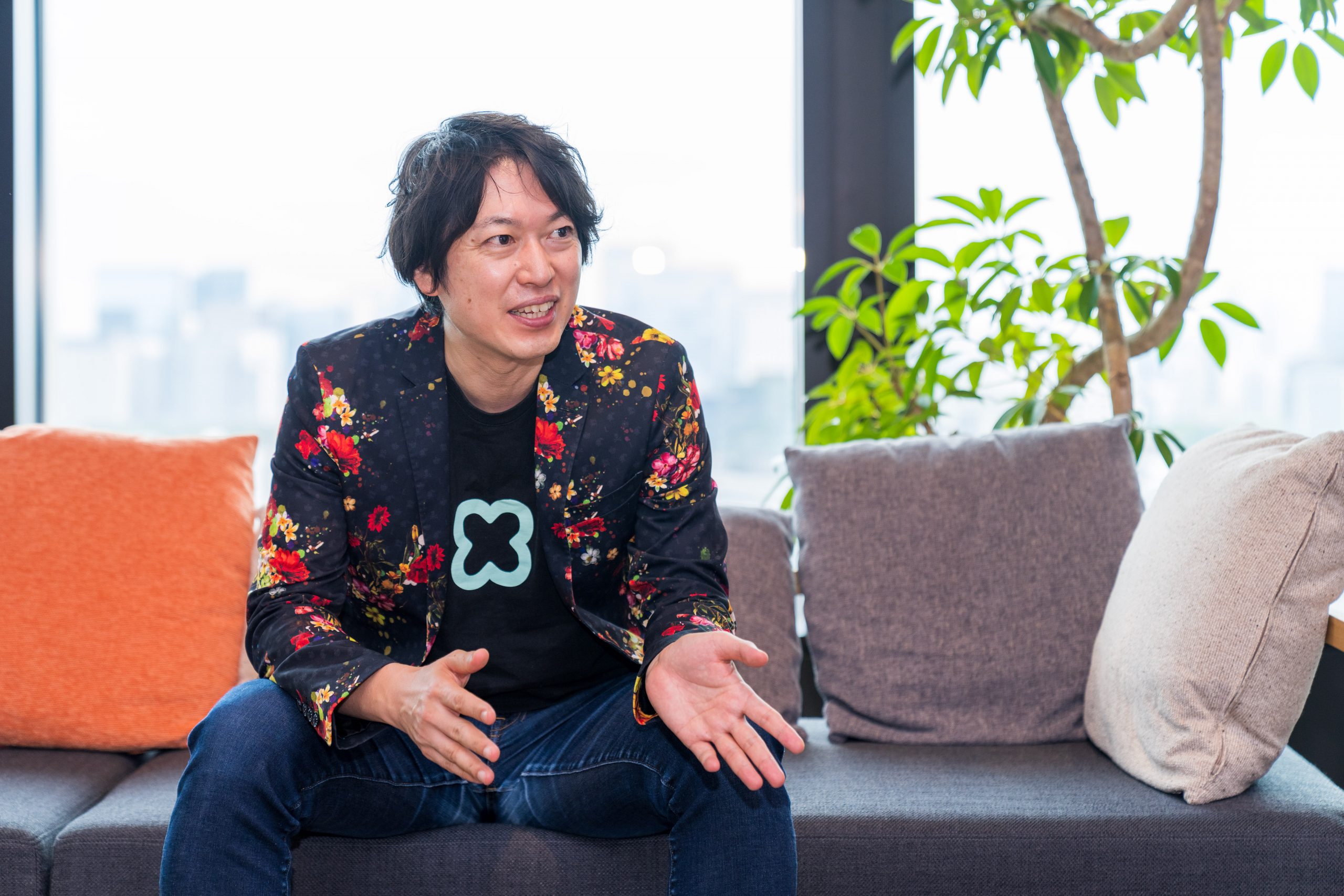
Shinihiro ISAGO, Executive Officer, AI Company, Company CEO, LINE Corporation
Graduated from the Tokyo Institute of Technology and joined Oracle Corporation Japan, where he worked on the development of new businesses. He then worked as a strategy consultant at Roland Berger, followed by time at Realcom with responsibility for product marketing. He later joined Microsoft as an Azure Evangelist, and then joined LINE in 2016. After being responsible for LINE BRAIN and working in other positions, he was appointed Company CEO of the AI Company in 2020. In 2019, he was appointed Government CIO Aide at Japan's Cabinet Secretariat and in September 2021 was also appointed Project Manager for Japan's Digital Agency.
Possibilities of HyperCLOVA with its Large-Scale Language Model
――At LINE, various AI tools are already being visibly used by users, such as with CLOVA and LINE AiCall. As the next step, what kinds of developments are you planning?
Isago: Since last year, there has been a lot of focus on massive pre-trained language models, such as the GPT-3, which is an AI automatic text generator developed by a US non-profit organization called Open AI, and the G5 being developed by Google. These are general-purpose language models that learn from a massive amount of text data and are expected to be utilized for a wide variety of purposes, such as for producing texts or making image composites. Open AI is receiving active support from Microsoft, so its AI technologies will likely be used in Word and other Office products to predict and suggest text inputs, thus helping to enhance user convenience.
However, these developments are only happening in the English-language sphere. And so, LINE is working on the development of large-scale language models specific to Japanese, and NAVER on that of English. Specifically, for the Japanese version of HyperCLOVA, we are planning to have more than 175 billion parameters and more than 10 billion pages of Japanese language data for use as learning material. If this is realized, we will be able to enhance the quality of services provided by LINE and other companies in the Z Holdings Group, including new developments in conversational AI. Moreover, we will also be able to dramatically improve the user experience using language processing in Japanese by providing the technology to external parties.
――With Japanese language processing, we can get a sense of the difficulties involved in its development. What are your thoughts on the technological issues, and the issues with regard to market size as you look to future commercialization?
Isago: As you say, with English, it is simple because words are arranged in such a way that we know what each word is. But with Japanese, it's very difficult to know where each word begins and ends. There are also many ambiguous terms with double meanings that could either mean yes or no, such as "kekko desu" and "daijobu desu." These words create stumbling blocks as they are extremely difficult for the AI to learn. Also, we have Chinese characters that are written the same but read differently to mean something else. For example, in the phrase "curry is spicy and painful to eat," the words "spicy" and "painful" both use the same Chinese character. For AI to be able to read this sentence correctly, it would need to understand that "curry is generally considered a spicy food" and that "it is painful to eat spicy food" and be able to discern the context of the sentence based on knowledge of such general assumptions.
As for the market, the Japanese-language sphere only has a market size of around 100 million. Of particular note is that in recent years we have not been able to find any GAFAM company that is working really aggressively in Japanese language development. However, we believe this is all the more reason why we have a chance to succeed. We cannot compete on the same footing as GAFAM in such areas as image recognition, where the company that quickly acquires the most data wins. But we believe we do have an opportunity to grab a large share of the market by working now while we can to develop a large-scale language model in the Japanese language.
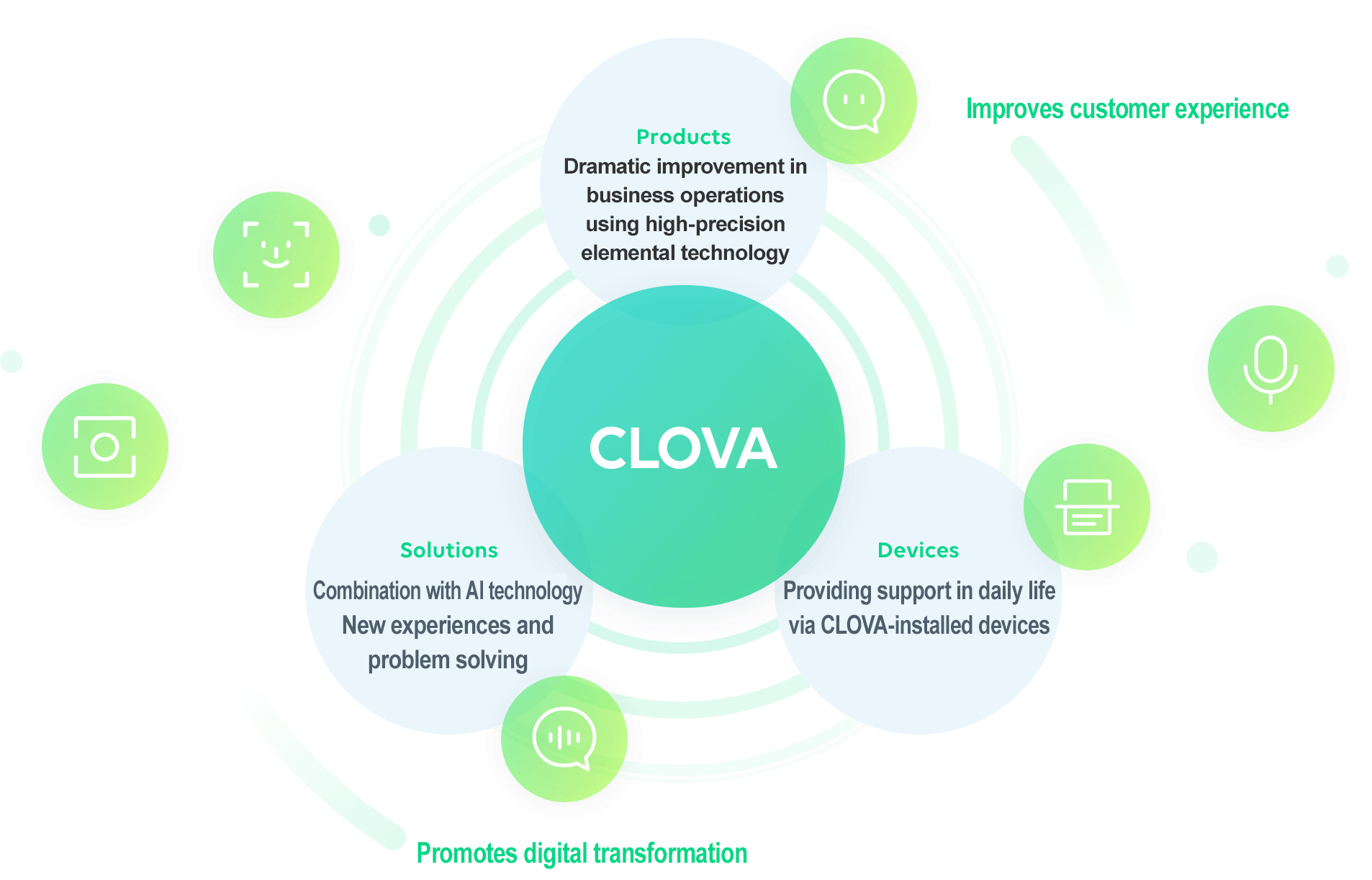
――When we think about LINE, we have the impression that the company is at the forefront of voice AI technology. Will this strength in voice AI continue to be leveraged?
Isago: Services that give an automatic response by voice are already being used in a variety of areas, such as making restaurant reservations or placing package pickup requests with delivery companies. Tens of thousands of such telephone calls are being answered automatically every day. I believe this field of voice assistance for individual operations is an area where we can still uncover a lot more demand. With LINE AiCall, the background elemental technology is the same as that used by CLOVA for consumers, so we will probably develop this further and deploy it into other business areas.
――What kinds of benefits will Z Holdings receive in the future by developing such services, including the aforementioned HyperCLOVA?
Isago: Producing text with AI is already becoming possible at a high level, and one example of this is our demonstration experiment to write fiction using HyperCLOVA. If we use this technology, for example, AI will be able to automatically generate a number of text patterns for recommending products, and it will also be able to automatically conduct an A/B test to see which recommendation text led to an actual purchase. As a result, we will be able to automatically generate a high percentage of product marketing texts that result in sales.
This is what it means for AI to increase its level of accuracy. This will significantly enhance the effectiveness of communication in the e-commerce area for Yahoo! JAPAN, ZOZO, and ASKUL. It may also be possible to use this technology in programmatic advertising, such as for automatically generating banner ads. With HyperCLOVA, we can think of many more advanced initiatives while making use of the synergy effect within Z Holdings.
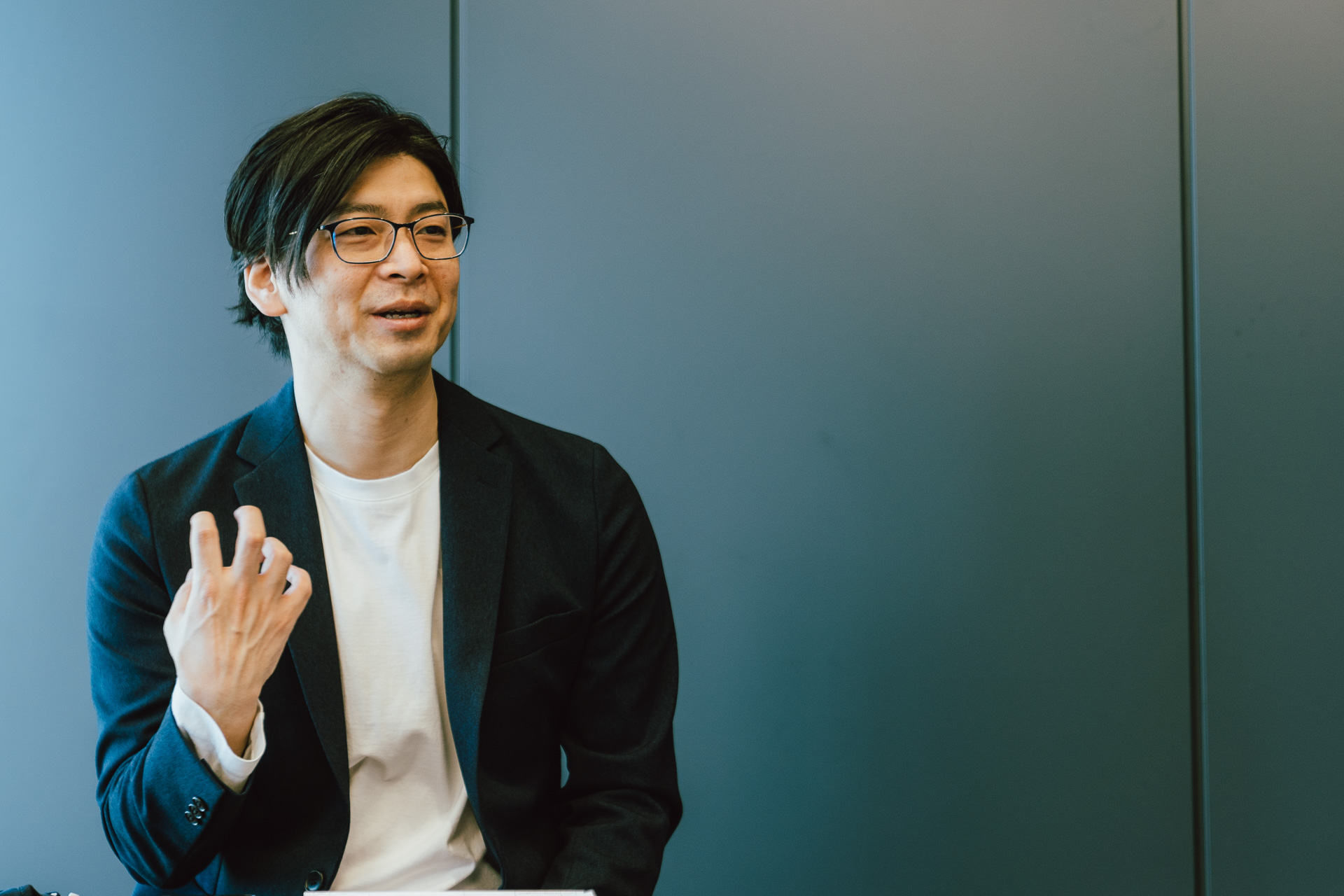
Ryuji NOGUCHI, Vice President, AI R&D Division, ZOZO, Inc.; Director, CAIO (Chief AI Officer), ZOZO NEXT, Inc.
Participated in an IT venture capital firm while he was still a student at Ritsumeikan University. After graduating, he became the president of a subsidiary of an IT venture capital while at the same time launching a new business in the field of AI. Currently, he works toward promoting a variety of AI projects at ZOZO, while also serving as an AI consultant/adviser and working on AI human capital development for large companies and startups. In keeping with his goal of promoting AI literacy among the business community, he has authored a number of published works including "Bunkei AI Jinzai ni Naru: How AI and the Humanities Work Together" (Toyo Keizai Inc.). He also serves as a member of the Human Resources Development Committee at Japan Deep Learning Association.
Initiatives of Z AI Academia Which Ideally Combines the Synergy Effects of the Three Companies
――Z Holdings recently announced the establishment of Z AI Academia for nurturing AI human capital. Please begin by telling us how this concept was born.
Noguchi: The premise of this initiative was the declaration to aim to become "an AI tech company that leads the world from Japan and Asia," a declaration made when Z Holdings announced the completion of its business integration with LINE on March 1, 2021. Meanwhile, although we have been seeing a decent increase in the number of AI creators, the problem was that we were not seeing an increase in the number of AI users, so I came up with the idea for Z AI Academia.
We are now seeing a dramatic leap in the things that AI can do, so it's important to consider how we will be able to pair AI with social issues. This is all the more reason why we need to nurture talented individuals who have mastered the use of AI on the business promotion side. I believe that the Z Holdings Group has the best environment for advancing the development of such talent.
――In the aforementioned declaration, specific numbers were also mentioned in which it was stated that the number of AI specialists will be increased by 5,000 people in five years.
Noguchi: This refers to increasing the amount of human capital on the engineering side by 5,000 people, but if the number of people who can create AI is increased by 5,000, then we need to have five to 10 times that number of people making use of it, otherwise I don't think that the market will be viable. That is why we need to educate and nurture AI talent.
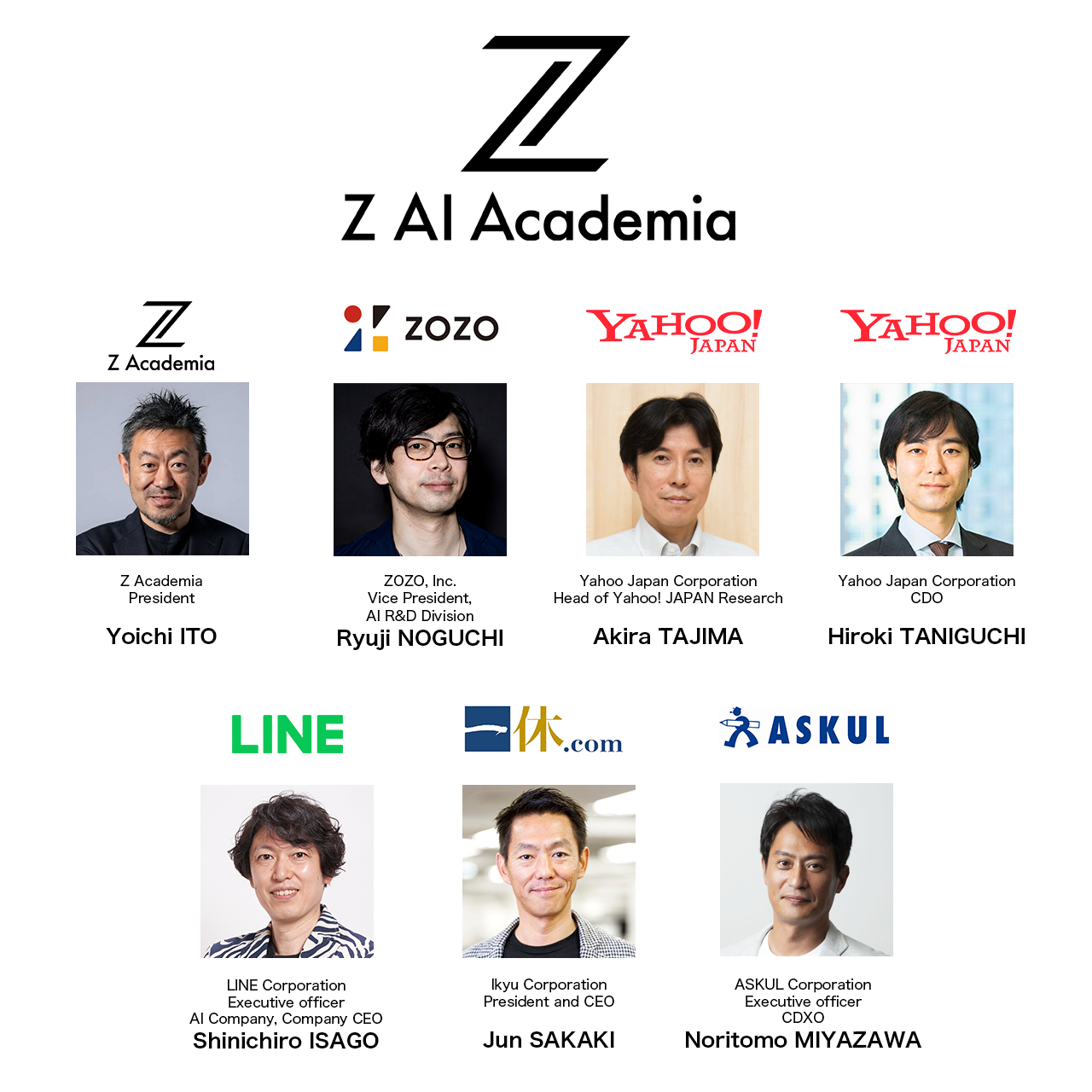
――Noguchi-san, you yourself used to be a liberal arts student. What are the key factors for making use of people with a liberal arts background in the field of AI?
Noguchi: This isn't limited to those who are liberal arts-minded, but what is important is the ability to come up with ideas based on identifying problems and finding solutions in each person's area of expertise. Every businessperson, regardless of job title or department, whether it is in accounting or in general affairs, is likely to face some kind of challenge in their own field. So these people should be able to identify the problems, all the more so because they are not AI experts.
――The ZOZO Group is also actively promoting academia-industry partnerships. What kinds of initiatives are you specifically promoting?
Noguchi: To give a major example, we are conducting joint research with a number of universities both in and outside of Japan as part of our efforts to promote research and development. And at ZOZO NEXT*, which is one of our group companies, we implemented the "work and study PhD system" that helps employees acquire a doctorate while continuing to work for the company. Under the program we provide subsidies for academic fees, in addition to their salaries, to those who wish to acquire a doctorate in one of the research fields related to the Group's business areas.
- * Established on October 1, 2021 in an absorption-type company split from ZOZO Technologies.
――It looks like this initiative will also produce an invaluable synergy effect for Z Holdings.
Noguchi: Yes. It comes down to the importance of being able to think naturally during the course of our daily life about the issues around how AI could be implemented. Right now, I want to focus my energy in the direction of increasing the number of people who have that kind of attitude and mindset. In a nutshell, I think that AI will have a role to play in the following three areas: resolving the labor shortage, improving performance, and creating new things. What is extremely urgent is to develop talent that can think about these areas from a multifaceted and highly defined approach. This is truly where Z AI Academia will serve its purpose.
Written by: Satoshi TOMOKIYO Edited by: Yajirobe Corp